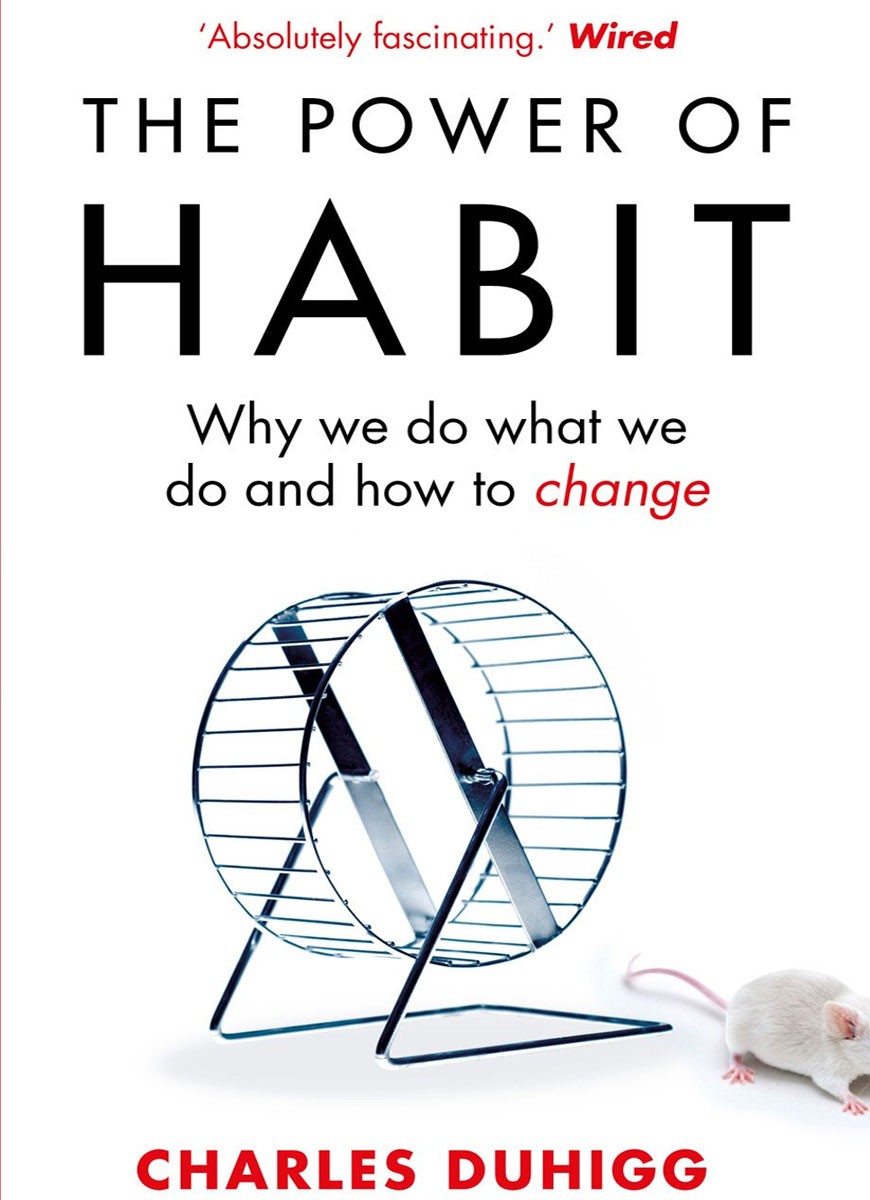

The Habit loop is a neurological pattern that governs any habit. It consists of three elements: a cue, a routine, and a reward. Understanding these components can help in understanding how to change bad habits or form good ones. The habit loop is always started with a cue, a trigger that transfers your brain into a mode that automatically determines which habit to use. The heart of the habit is a mental, emotional, or physical routine. Finally, there is a reward, which helps your brain determine if this particular loop is worth remembering for the future.[6] In an article in The New York Times, Duhigg notes, "The cue and reward become neurologically intertwined until a sense of craving emerges." Craving drives all habits and is essential to starting a new habit or destroying an old one. Duhigg describes how Procter and Gamble used research on the habit loop and its connection to cravings to develop the market for Febreze, a product that eliminates bad odors, to make a fortune.
Charles Duhigg is a Pulitzer-prize winning reporter and the author of Smarter Faster Better, about the science of productivity and The Power of Habit, about the science of habit formation in our lives, companies, and societies.
